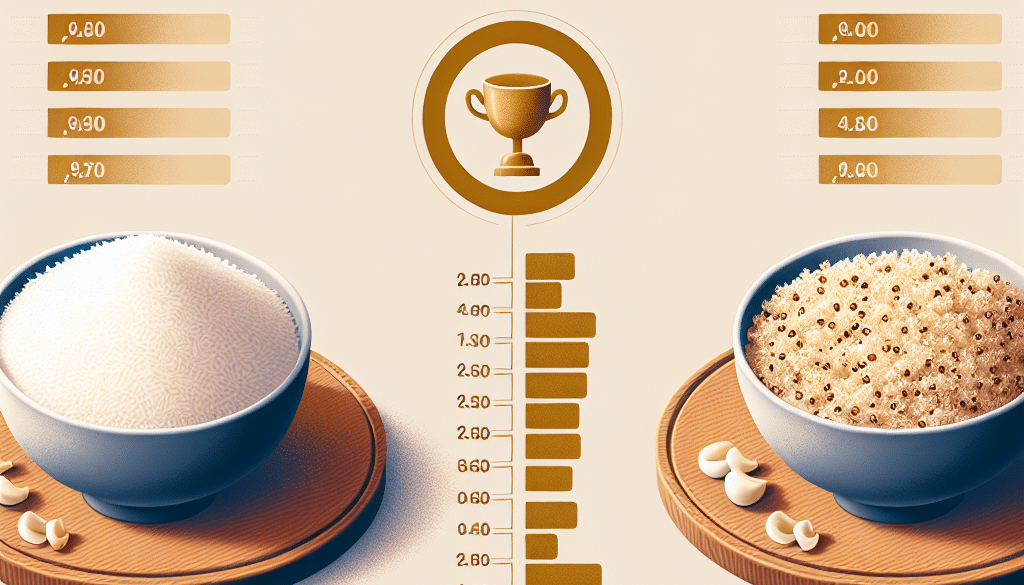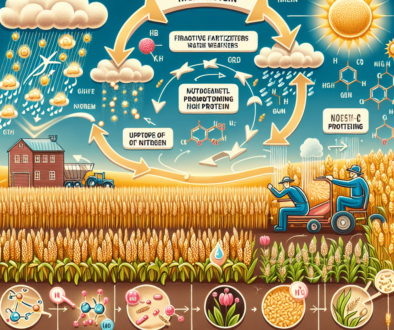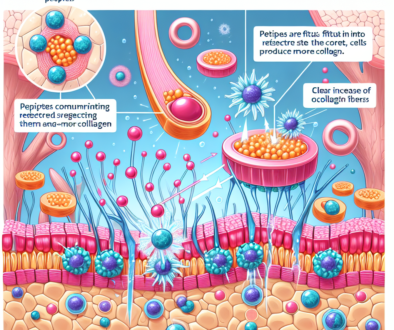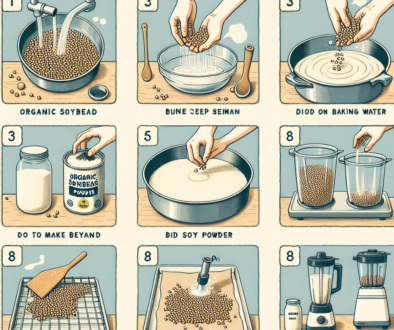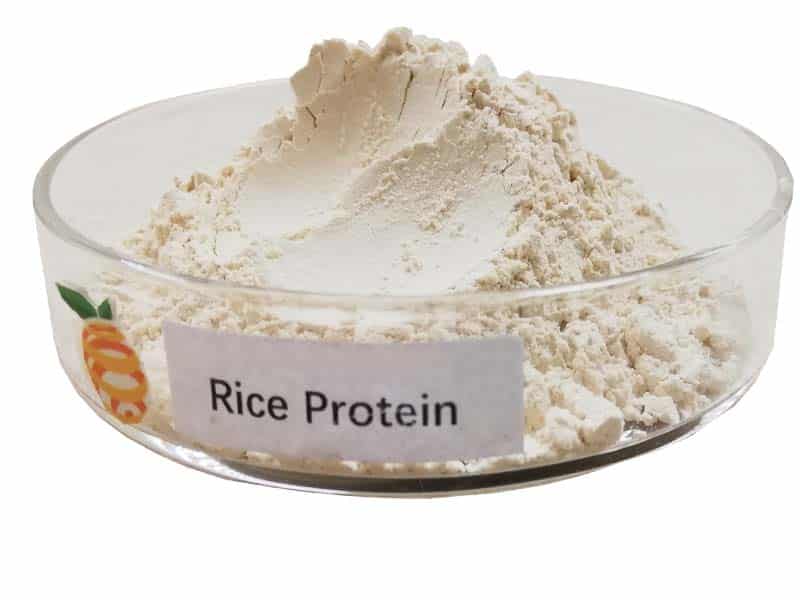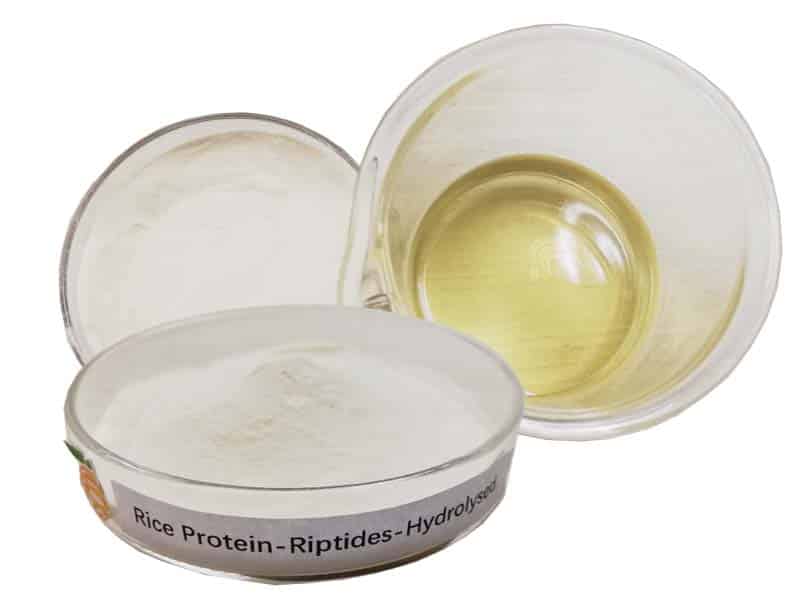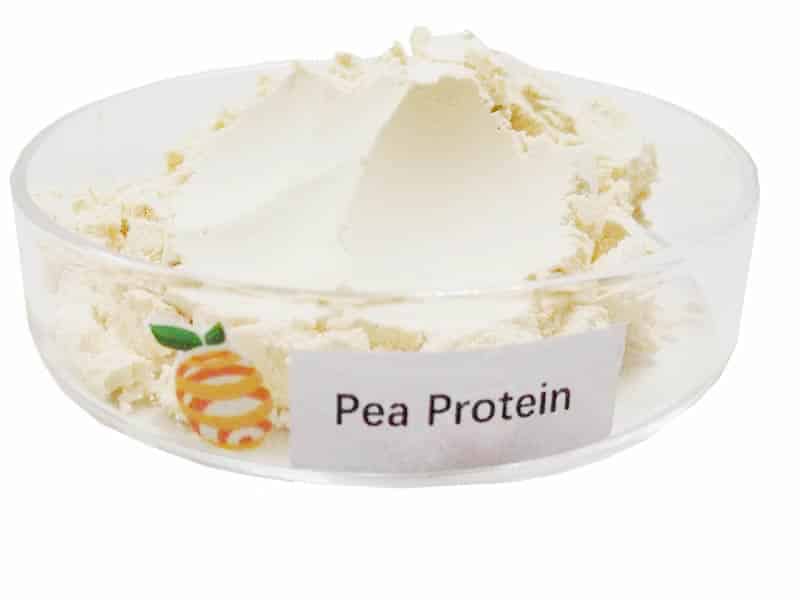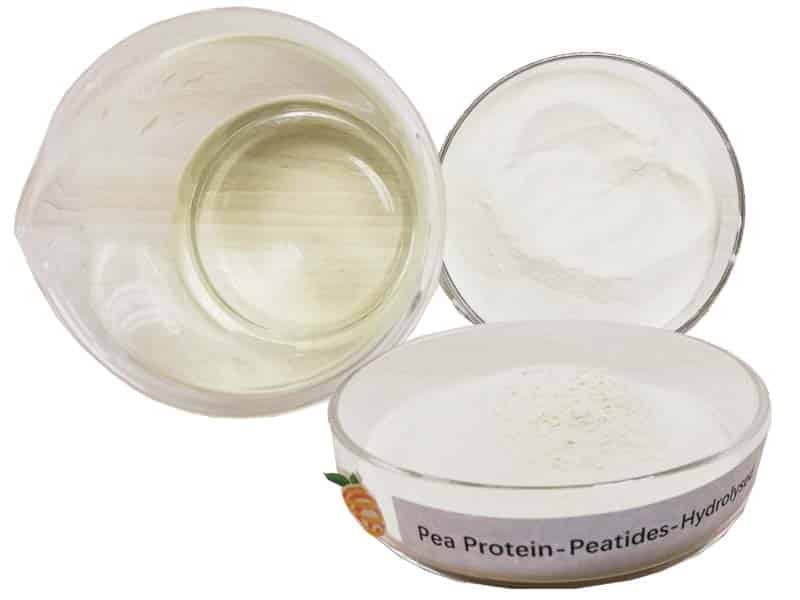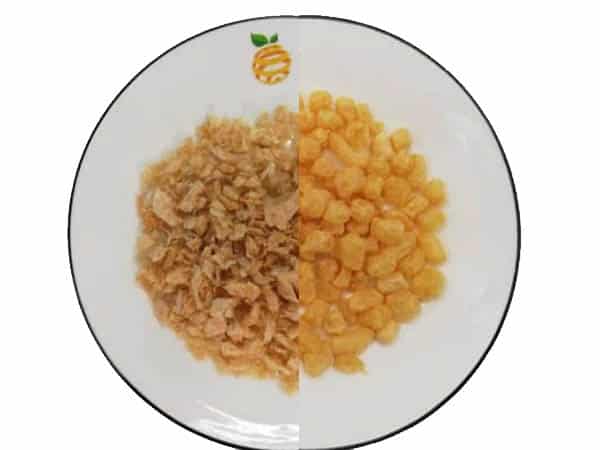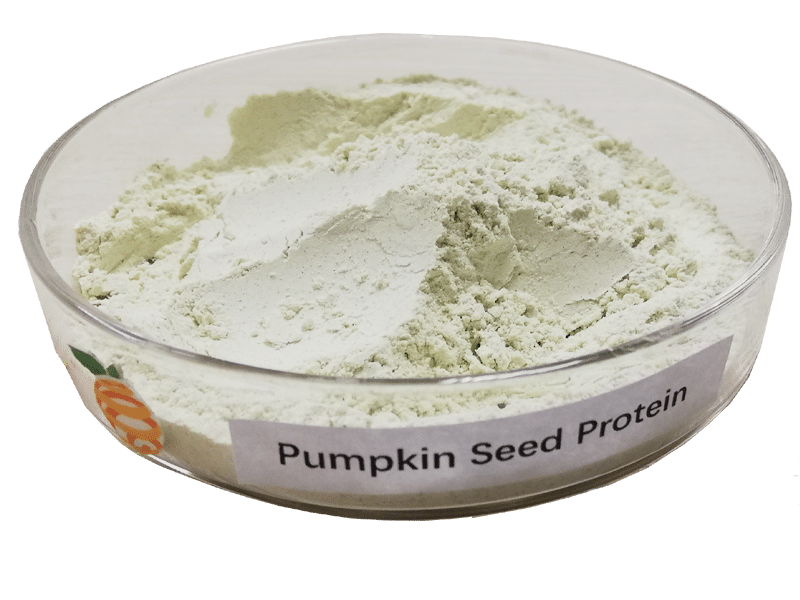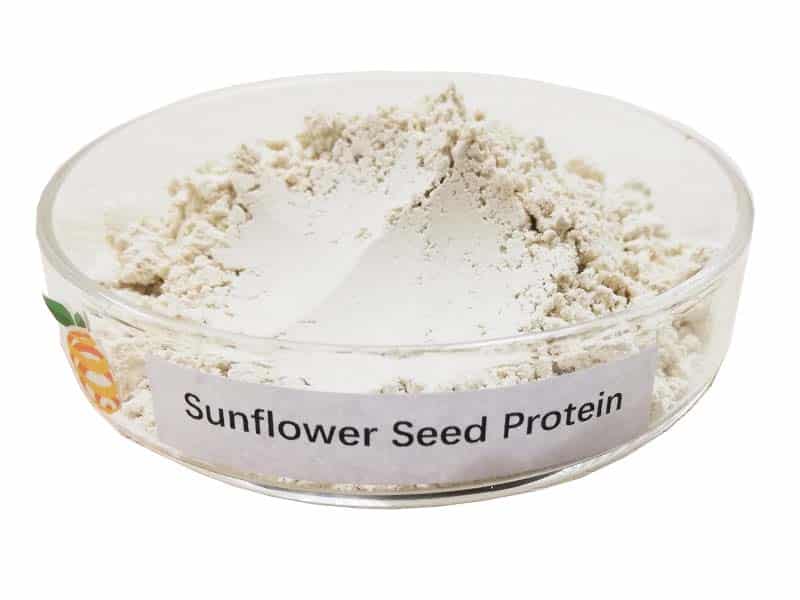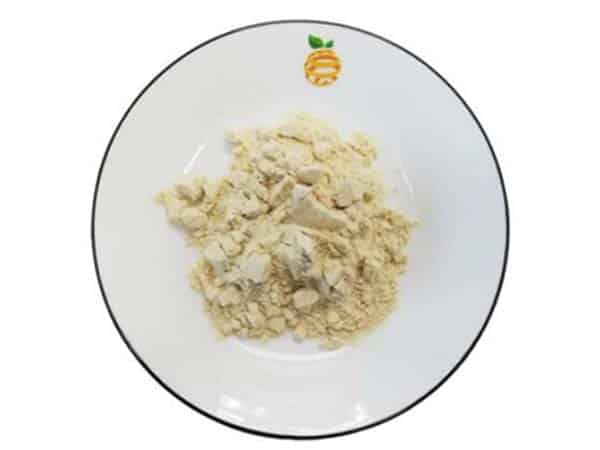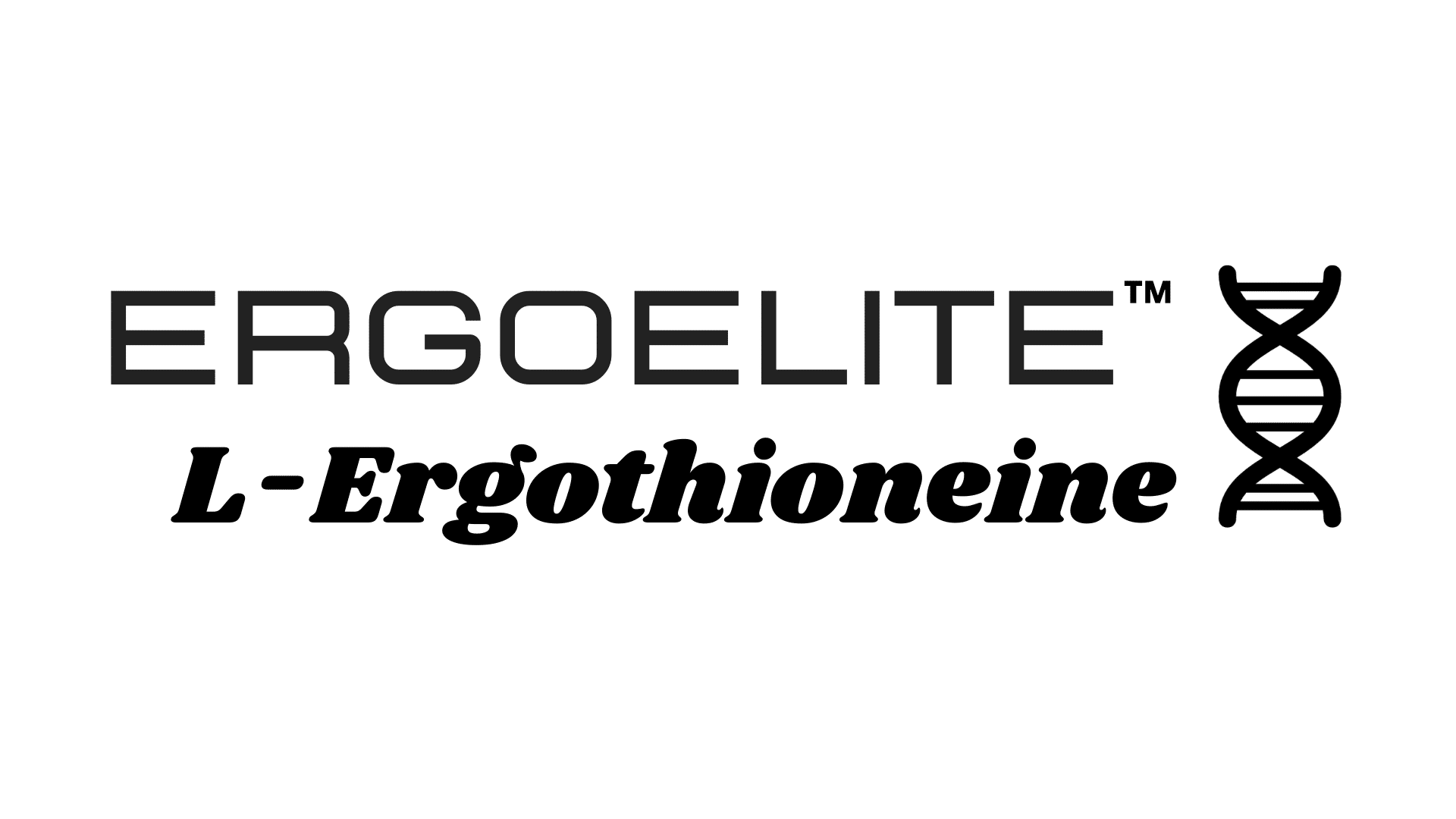Is Quinoa More Protein Than Rice?
-
Table of Contents
- Quinoa vs. Rice: A Protein-Packed Comparison
- Understanding the Nutritional Content of Quinoa and Rice
- Quinoa: A Complete Protein Source
- Rice: A Versatile Grain
- Comparing Protein Content: Quinoa vs. Rice
- Case Studies and Research
- Health Benefits Beyond Protein
- Quinoa’s Additional Health Benefits
- Rice’s Additional Health Benefits
- Conclusion: Quinoa Leads in Protein, but Both Have Merits
- Discover ETprotein’s High-Quality Protein Products
Quinoa vs. Rice: A Protein-Packed Comparison
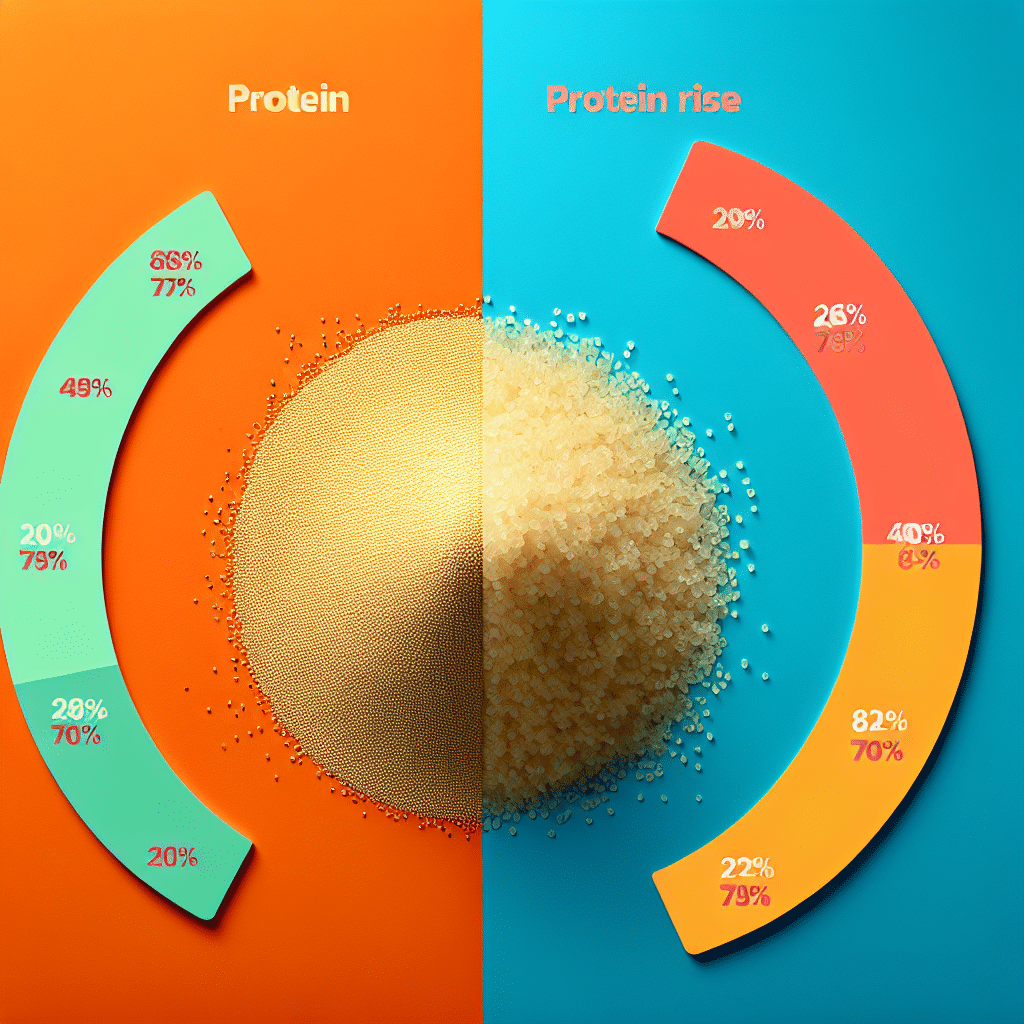
When it comes to choosing healthy grains, quinoa and rice often come up in conversation. Both are popular staples around the world, but they differ significantly in their nutritional profiles. One of the most frequently asked questions is whether quinoa contains more protein than rice. In this article, we’ll delve into the nutritional science to answer this question and explore the benefits of each grain.
Understanding the Nutritional Content of Quinoa and Rice
Before we compare the protein content of quinoa and rice, it’s important to understand their overall nutritional makeup. Quinoa is a pseudocereal, meaning it’s a seed that’s consumed like a grain, while rice is a true cereal grain. Both are sources of carbohydrates, but they differ in their micronutrient and macronutrient content.
Quinoa: A Complete Protein Source
Quinoa is often hailed as a superfood due to its impressive nutritional profile. It’s a complete protein, containing all nine essential amino acids that the body cannot produce on its own. This is relatively rare for plant-based foods, making quinoa an excellent choice for vegetarians and vegans.
- Protein content: Quinoa contains approximately 8 grams of protein per cooked cup (185 grams).
- Fiber content: It’s also high in dietary fiber, with about 5 grams per cup.
- Vitamins and minerals: Quinoa is rich in vitamins such as B6, thiamine, niacin, potassium, and riboflavin, and it provides a good source of minerals like magnesium, zinc, iron, and manganese.
Rice: A Versatile Grain
Rice comes in various forms, including white, brown, black, and red. The nutritional content can vary significantly between these types, with brown rice typically being the healthier choice due to its higher fiber content and presence of nutrients that are lost during the refining process of white rice.
- Protein content: Brown rice contains about 5 grams of protein per cooked cup (195 grams), while white rice contains less, at about 4 grams per cup.
- Fiber content: Brown rice has approximately 3.5 grams of fiber per cup, whereas white rice has less than 1 gram.
- Vitamins and minerals: Brown rice is a good source of magnesium, phosphorus, selenium, thiamine, niacin, and vitamin B6.
Comparing Protein Content: Quinoa vs. Rice
When it comes to protein content, quinoa clearly has a higher protein content than both white and brown rice. The difference becomes even more pronounced when considering the quality of the protein. As a complete protein, quinoa provides all the essential amino acids in the right proportions for our bodies to make full use of them.
Case Studies and Research
Numerous studies have highlighted the benefits of including high-protein foods like quinoa in your diet. For example, a study published in the Journal of Human Nutrition and Dietetics found that quinoa consumption can improve overall diet quality and nutrient intake in adults. Another study in the journal Food Chemistry noted quinoa’s potential as a nutritionally valuable food source due to its high protein content and essential amino acids.
Health Benefits Beyond Protein
While protein is an important factor, it’s not the only consideration when choosing between quinoa and rice. Both grains offer unique health benefits that go beyond their protein content.
Quinoa’s Additional Health Benefits
- Gluten-Free: Quinoa is naturally gluten-free, making it a great option for those with celiac disease or gluten intolerance.
- Antioxidants: It contains a higher amount of antioxidants compared to most grains, which can help combat oxidative stress in the body.
- Weight Management: The fiber and protein in quinoa can help with satiety and weight management.
Rice’s Additional Health Benefits
- Digestibility: Rice is often easier to digest, making it a good choice for people with sensitive stomachs or during recovery from illness.
- Energy Production: The carbohydrates in rice provide a quick source of energy, especially important for athletes or those with high energy demands.
- Versatility: Rice is a staple in many cultures and can be used in a wide variety of dishes, from savory to sweet.
Conclusion: Quinoa Leads in Protein, but Both Have Merits
In conclusion, quinoa does contain more protein than rice, and it offers the added benefit of being a complete protein source. However, both quinoa and rice have their own unique health benefits and can be part of a balanced diet. The choice between the two should be based on individual dietary needs, preferences, and any specific health considerations.
Discover ETprotein’s High-Quality Protein Products
If you’re looking to incorporate more protein into your diet, ETprotein offers a range of high-quality protein products. Their selection includes organic rice protein, pea protein, and other plant-based options that are non-GMO and allergen-free. With a neutral taste and high purity levels, ETprotein’s products are suitable for various industries, including nutraceuticals, pharmaceuticals, and food and beverage.
Whether you’re a manufacturer, distributor, or consumer, ETprotein can meet your protein needs with their extensive product range. To learn more about their offerings or to request a sample, contact ETprotein today.
About ETprotein:
ETprotein, a reputable protein and L-(+)-Ergothioneine (EGT) Chinese factory manufacturer and supplier, is renowned for producing, stocking, exporting, and delivering the highest quality organic bulk vegan proteins and L-(+)-Ergothioneine. They include Organic rice protein, clear rice protein, pea protein, clear pea protein, watermelon seed protein, pumpkin seed protein, sunflower seed protein, mung bean protein, peanut protein, and L-(+)-Ergothioneine EGT Pharmaceutical grade, L-(+)-Ergothioneine EGT food grade, L-(+)-Ergothioneine EGT cosmetic grade, L-(+)-Ergothioneine EGT reference grade and L-(+)-Ergothioneine EGT standard. Their offerings, characterized by a neutral taste, non-GMO, allergen-free attributes, with L-(+)-Ergothioneine purity over 98%, 99%, cater to a diverse range of industries. They serve nutraceutical, pharmaceutical, cosmeceutical, veterinary, as well as food and beverage finished product distributors, traders, and manufacturers across Europe, USA, Canada, Australia, Thailand, Japan, Korea, Brazil, and Chile, among others.
ETprotein specialization includes exporting and delivering tailor-made protein powder and finished nutritional supplements. Their extensive product range covers sectors like Food and Beverage, Sports Nutrition, Weight Management, Dietary Supplements, Health and Wellness Products, and Infant Formula, ensuring comprehensive solutions to meet all your protein needs.
As a trusted company by leading global food and beverage brands and Fortune 500 companies, ETprotein reinforces China’s reputation in the global arena. For more information or to sample their products, please contact them and email sales(at)ETprotein.com today.

